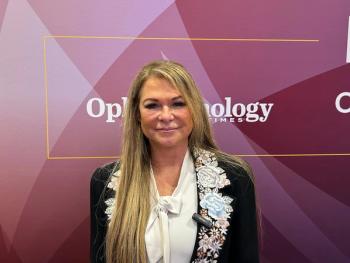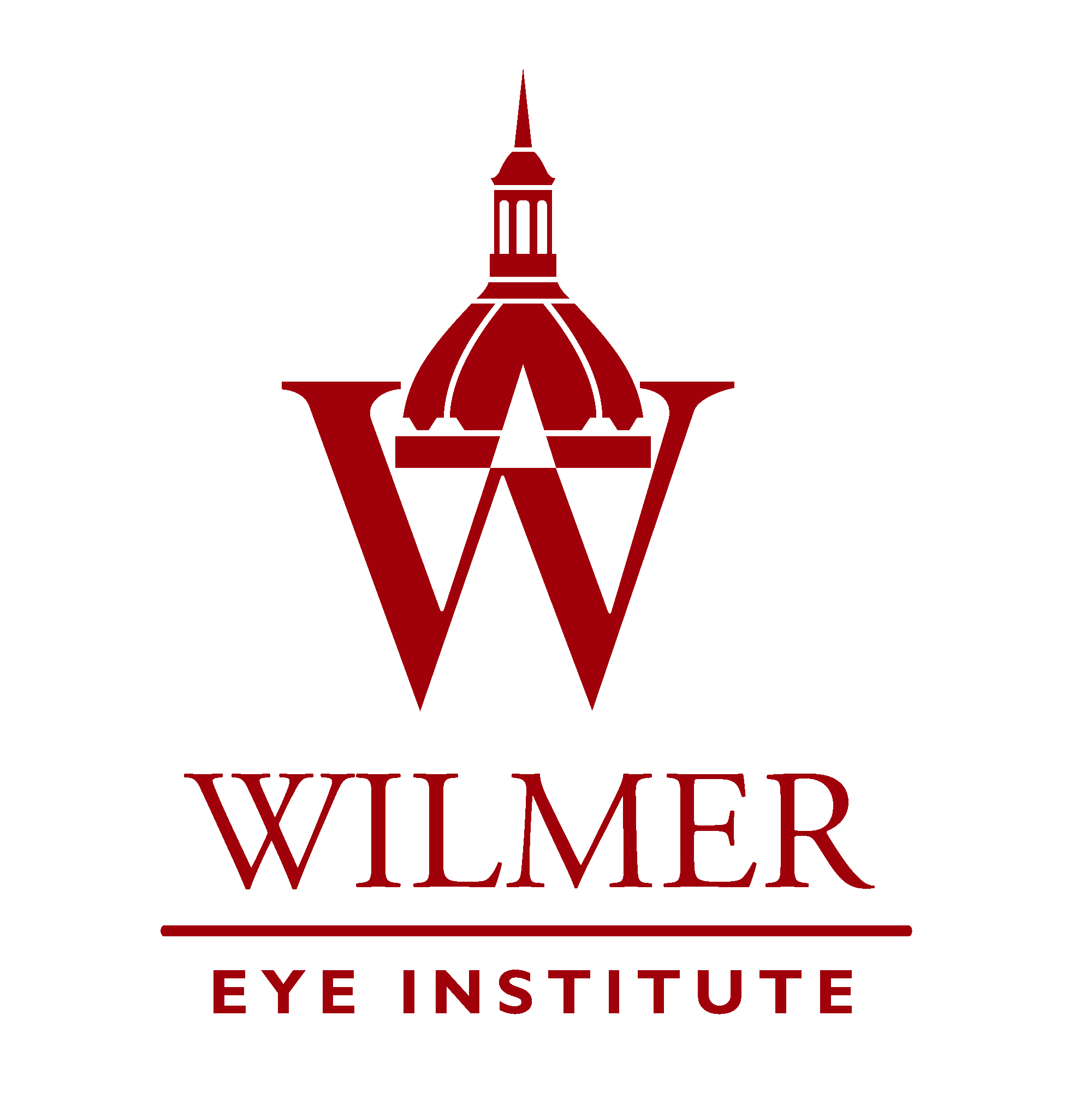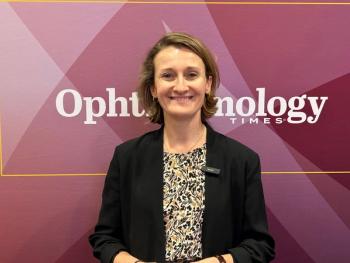
- Ophthalmology Times: January/February 2025
- Volume 50
- Issue 1
Leading ophthalmology forward: two milestones, one mission

As Ophthalmology Times celebrates 50 years of publication and the Wilmer Eye Institute marks 100 years of academic leadership, Peter J. McDonnell, MD, reflects on their shared commitment to helping ophthalmologists improve patient outcomes.
In my day job, I am privileged to serve as director of the Wilmer Eye Institute. The institute was established in 1925 at the Johns Hopkins School of Medicine in Baltimore, Maryland. It was funded by a group of grateful patients who wanted William Holland Wilmer, MD,1 to transfer his skills to the next generation of young ophthalmologists. Dr Wilmer left his practice in Washington, DC, to found the institute at Johns Hopkins because he felt it was crucial to have the strongest possible ophthalmology research program. He reasoned that engaging in cutting-edge research would make him and his faculty colleagues better doctors and better teachers.
One hundred years later, I believe Dr Wilmer’s vision has proven to be the correct one. The expansion of our knowledge base in biomedical science has been dramatic, and patients today are the beneficiaries. I envy today’s residents who can treat many diseases for which no effective therapy existed only a decade or two ago. We are fortunate that the best and brightest medical students are choosing careers in ophthalmology these days, as they have to learn at least twice as much as my fellow residents and I did when we trained, even though the number of years of residency training hasn’t changed in the interim.
Filling a niche
This explosion of knowledge 50 years ago led to the realization that busy ophthalmologists would benefit from a publication that identified key advances in our field and succinctly presented that information to practitioners. Enter Ophthalmology Times. Early issues of the publication highlighted the exciting (and at the time quite controversial) new technology of small-incision cataract surgery, phacoemulsification, and IOLs. Subsequently, the emerging field of keratorefractive surgery (also controversial in its early days) was explored. New medical and surgical therapies for glaucoma, gene therapies, the biologic agents for retinal disease and inflammation, artificial intelligence—the list of exciting new advances that many practicing ophthalmologists first learned about from Ophthalmology Times goes on and on.
Fifty years later, it is clear that Ophthalmology Times addresses an important need. If it is true that imitation is the sincerest form of flattery, the emergence of several similar publications validates the rationale for our existence. I feel fortunate that for 2 decades, I have been able to play a role in helping identify the topics that would be of interest to my fellow ophthalmologists. In addition to my day job, I’ve enjoyed what younger people would call a side hustle as co–chief medical editor.
It is clear to me that the expansion of biomedical knowledge, the proliferation of peer-reviewed medical journals, and the number of meetings will only increase. The challenge that busy clinicians face in keeping abreast of all this and knowing that their practices are fully up to date will similarly increase.
The advances in ophthalmology during the past century, past 50 years, and (let’s face it) past few years have been dramatic and exciting. Ophthalmology Times will continue to be an important partner to keep ophthalmologists alerted to the developments that no doubt are just around the corner.
Happy birthday to the Wilmer Eye Institute and Ophthalmology Times!
Reference
Parker WR. Dr William Holland Wilmer. Trans Am Ophthalmol Soc. 1936;34:20.2–23.
Articles in this issue
9 months ago
The human impact of geographic atrophy9 months ago
Shaping the future of retinal therapyNewsletter
Don’t miss out—get Ophthalmology Times updates on the latest clinical advancements and expert interviews, straight to your inbox.



















































.png)


